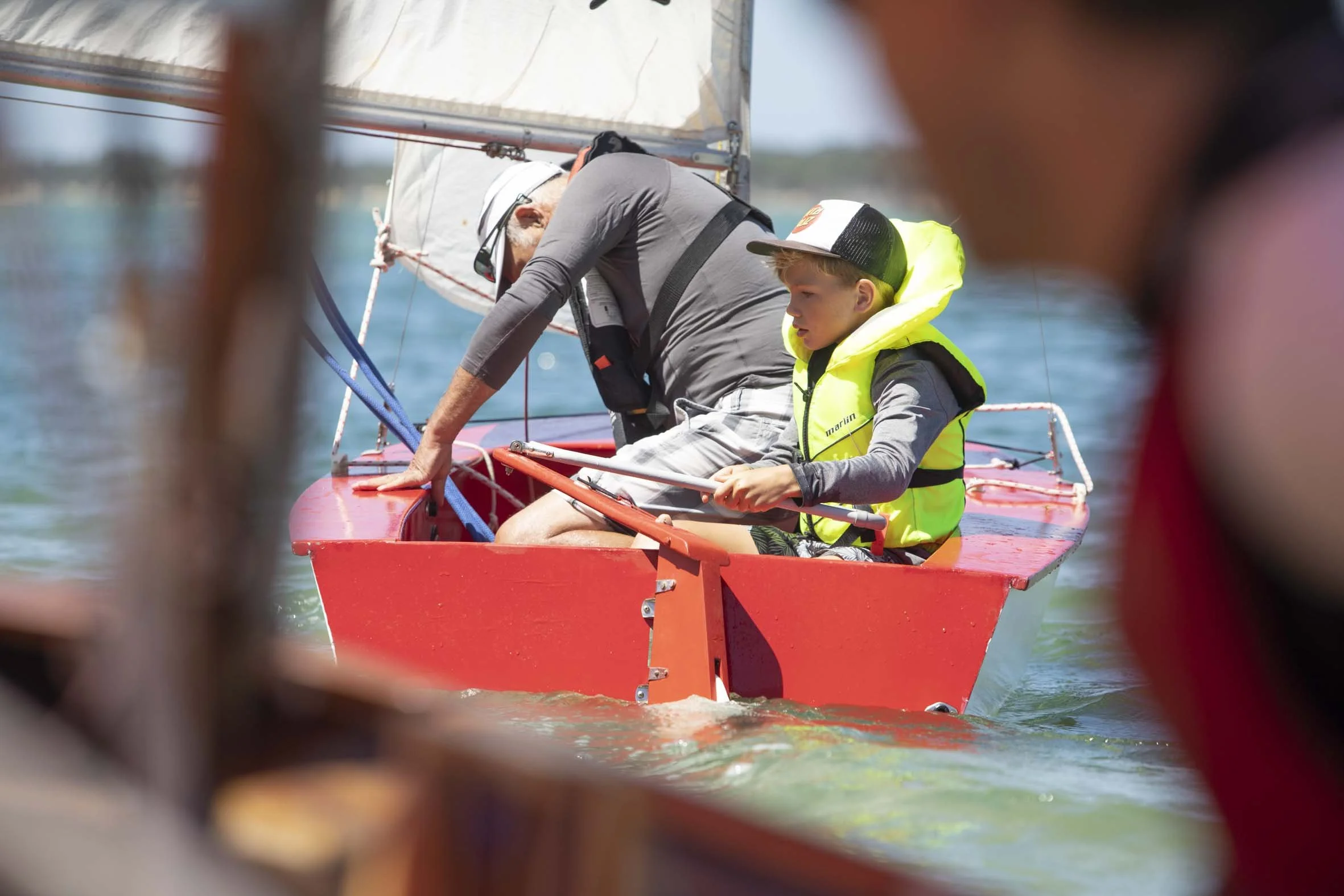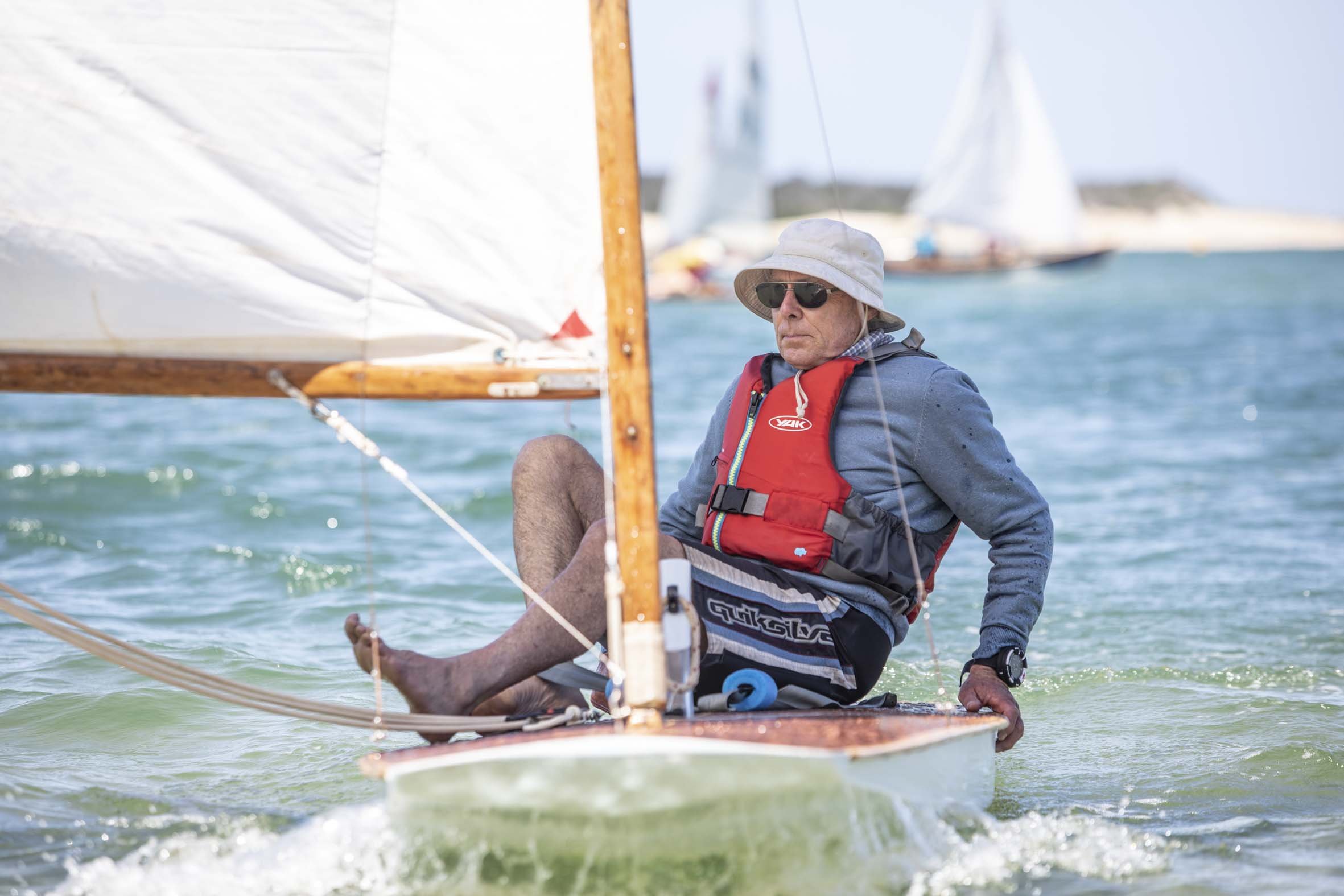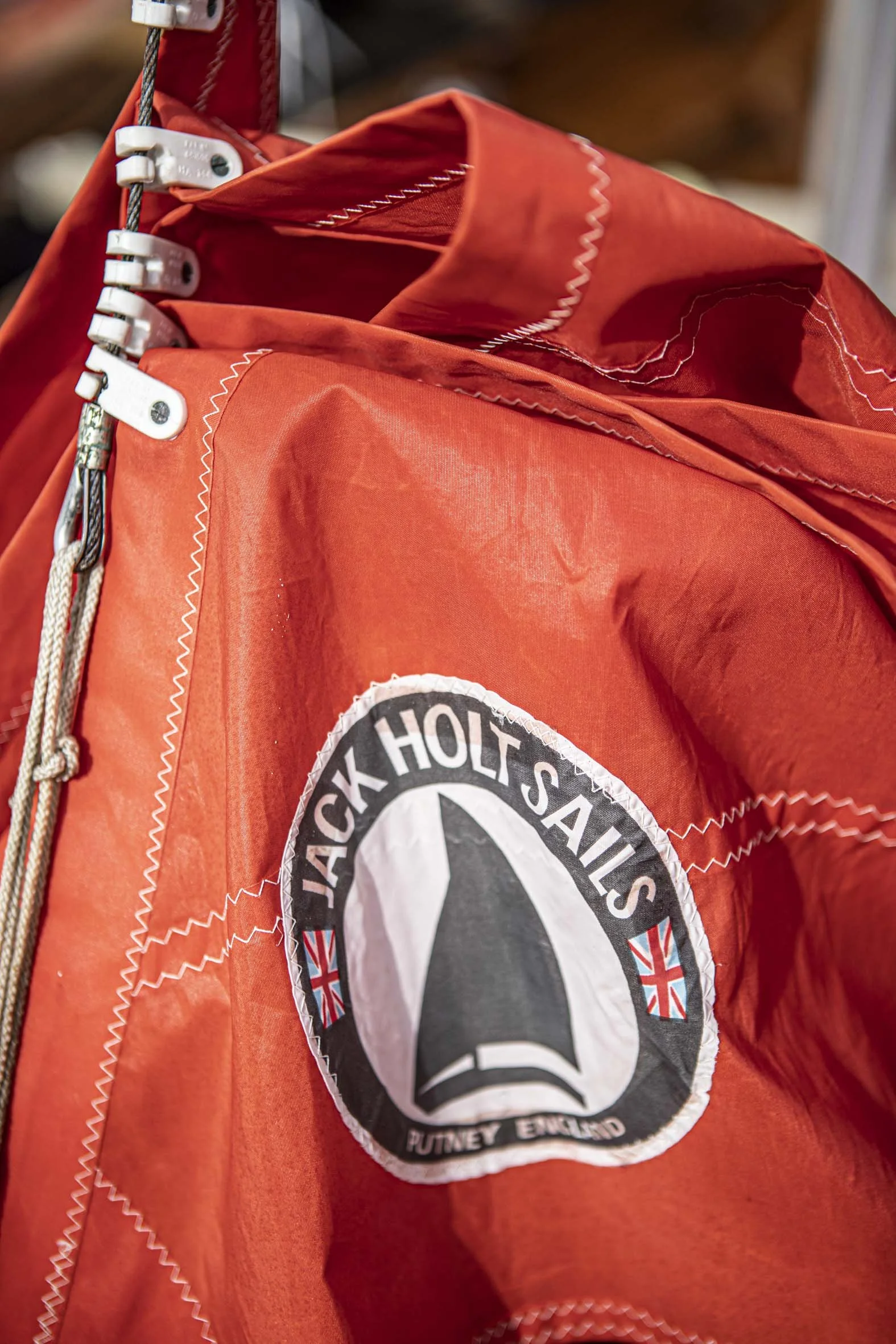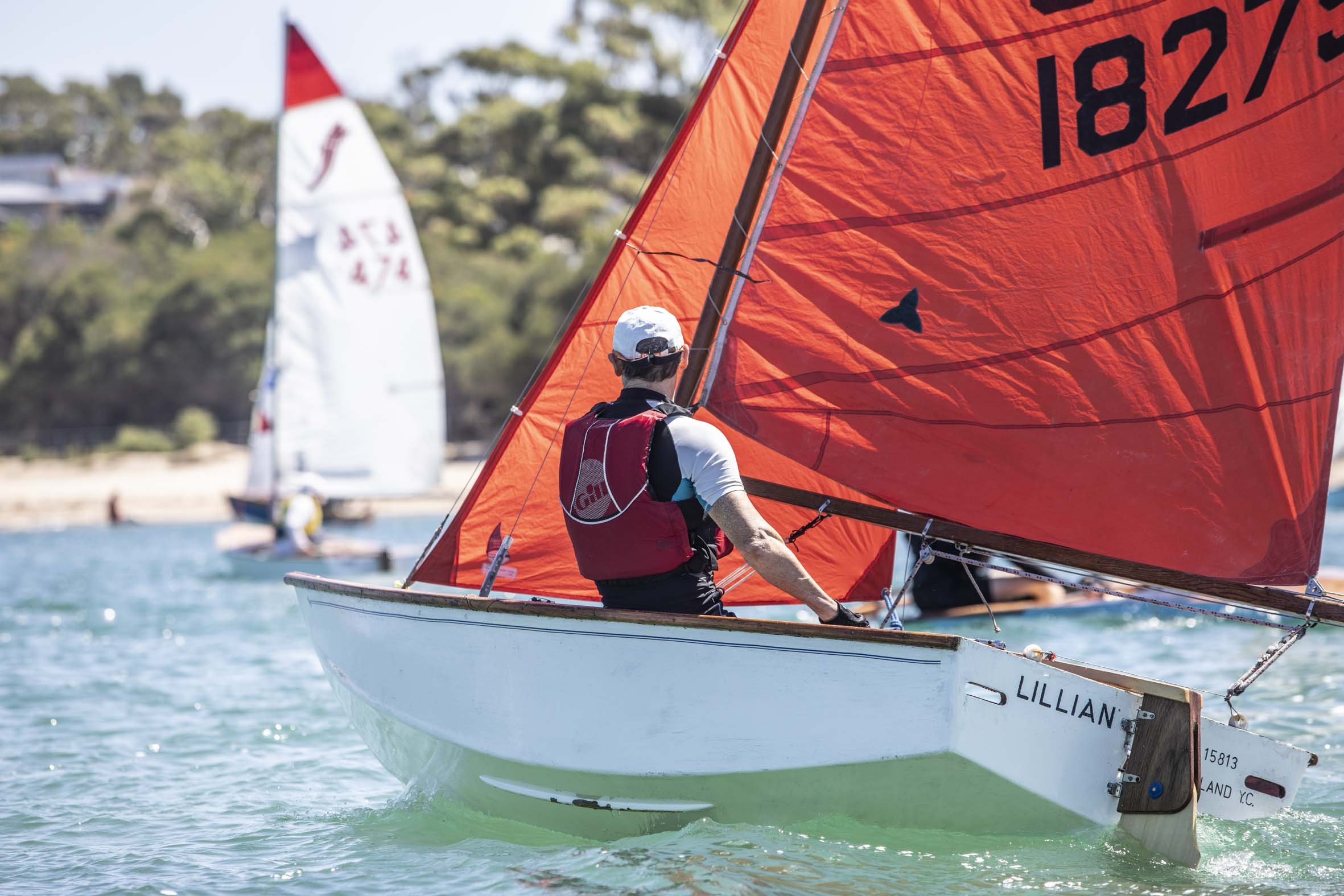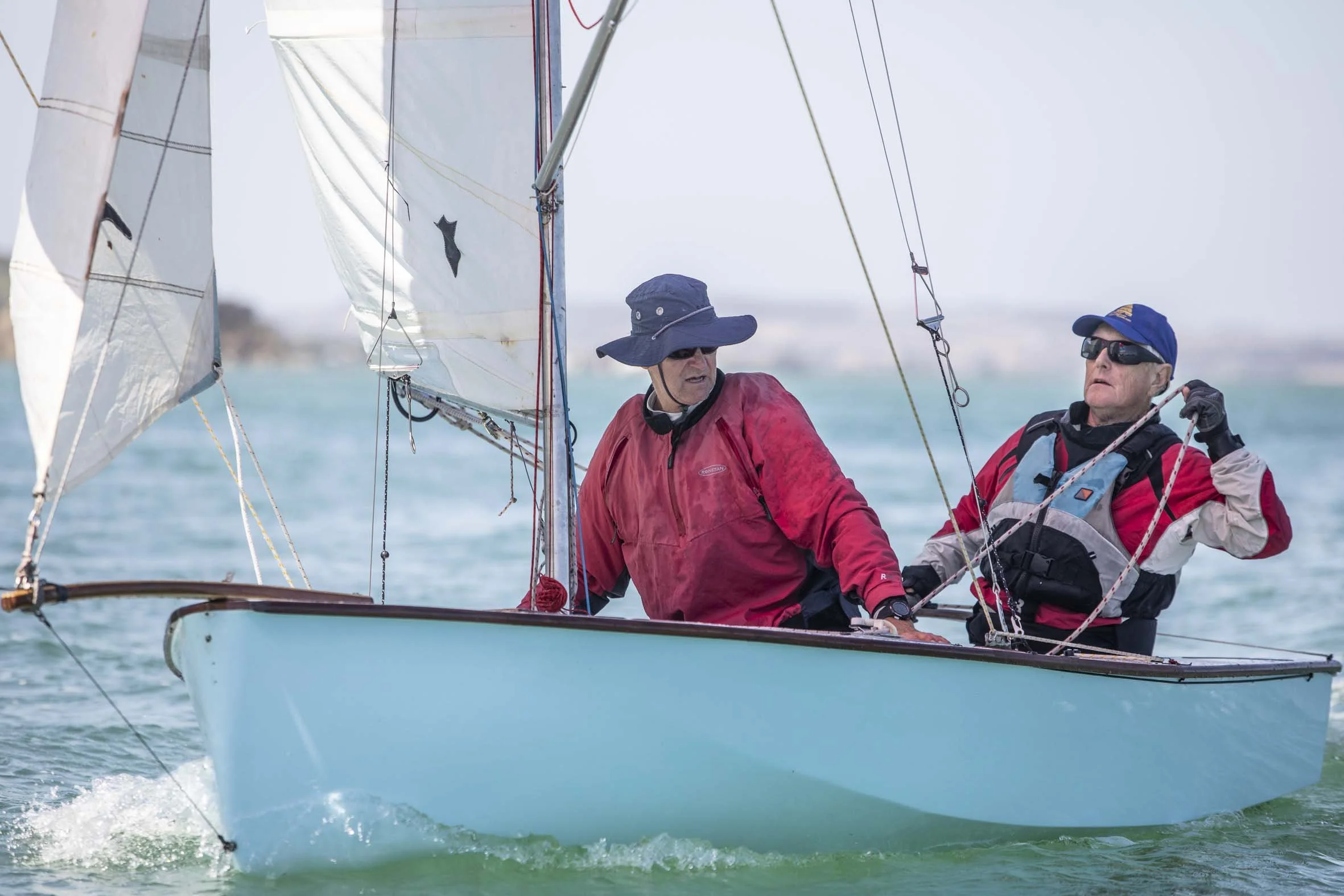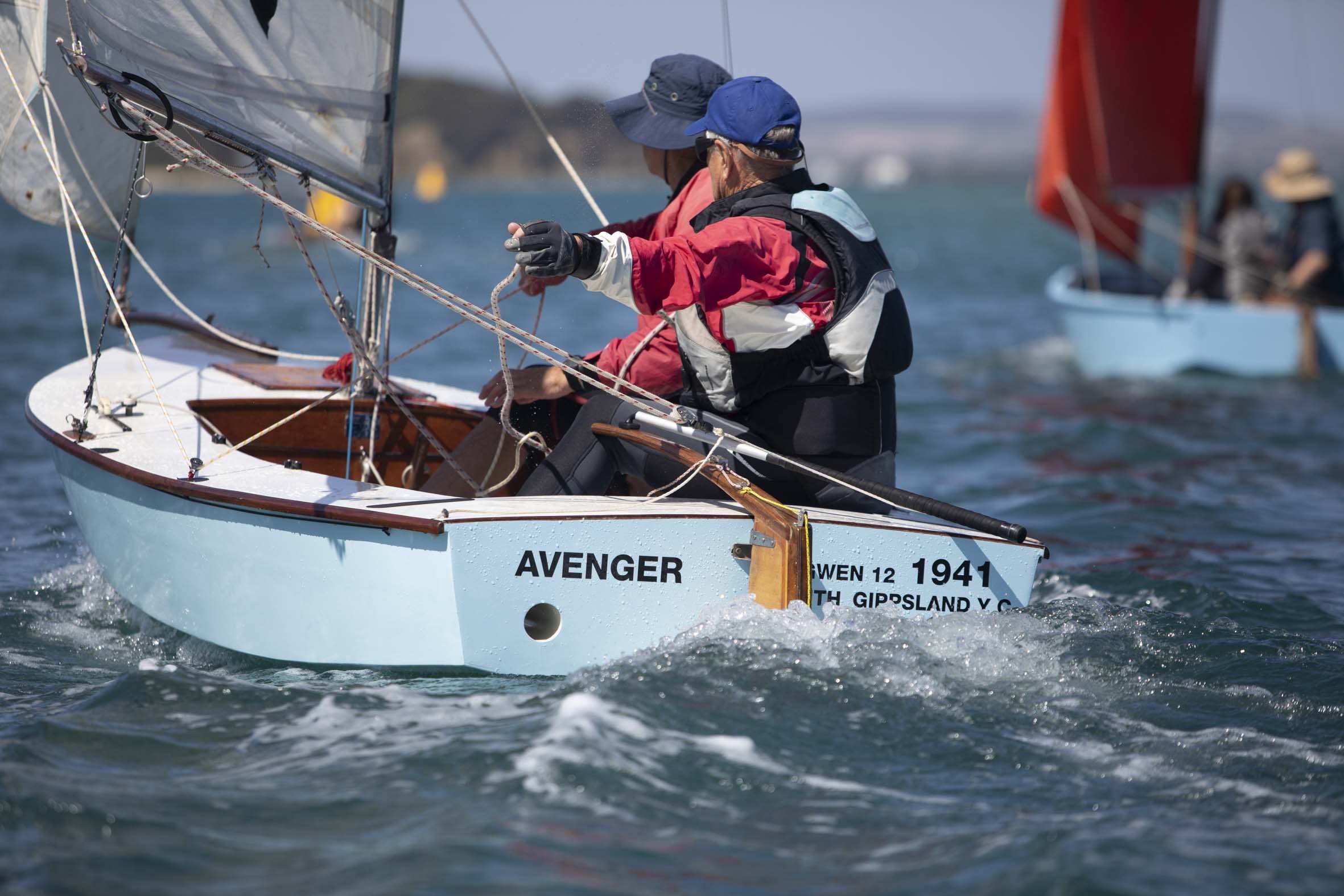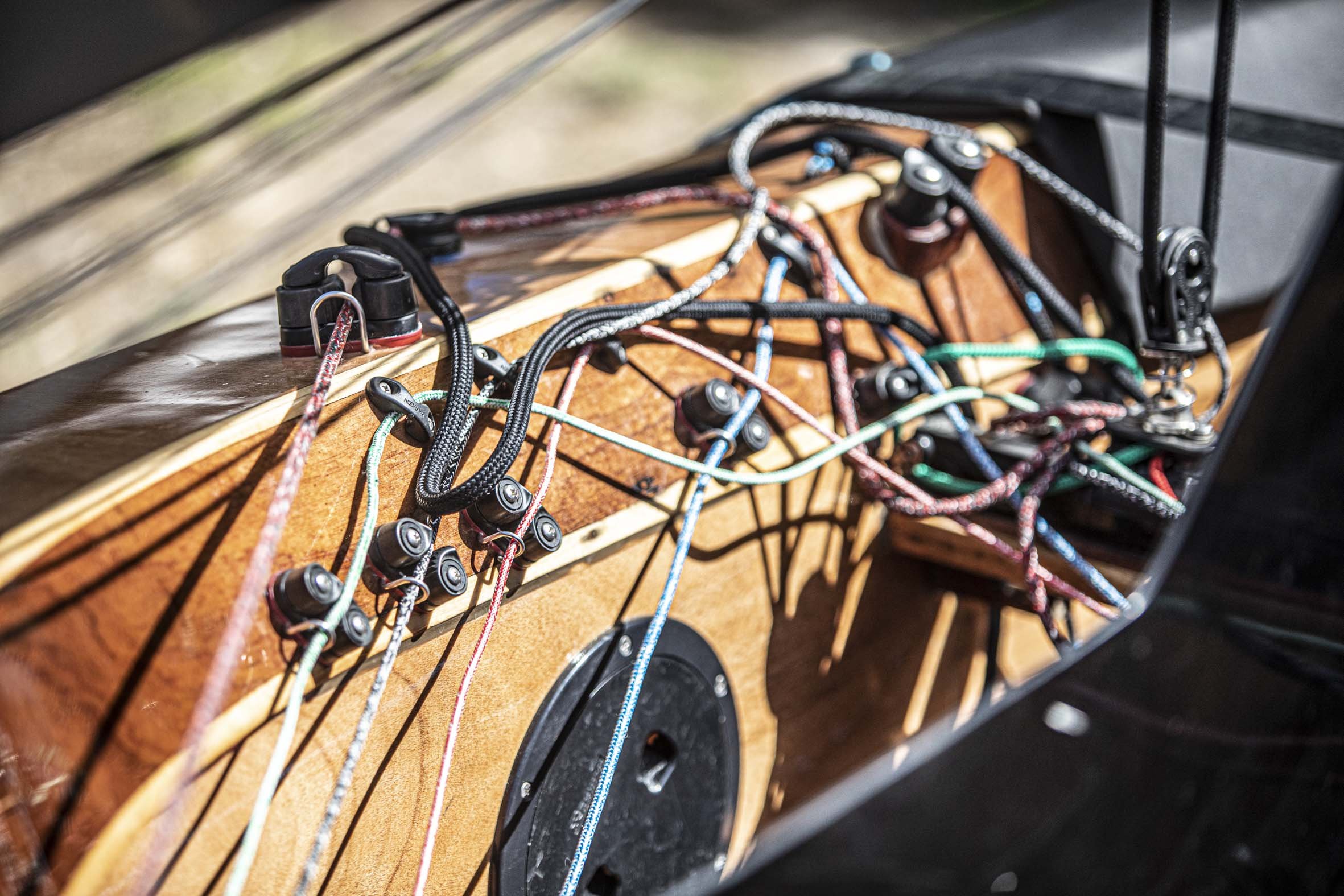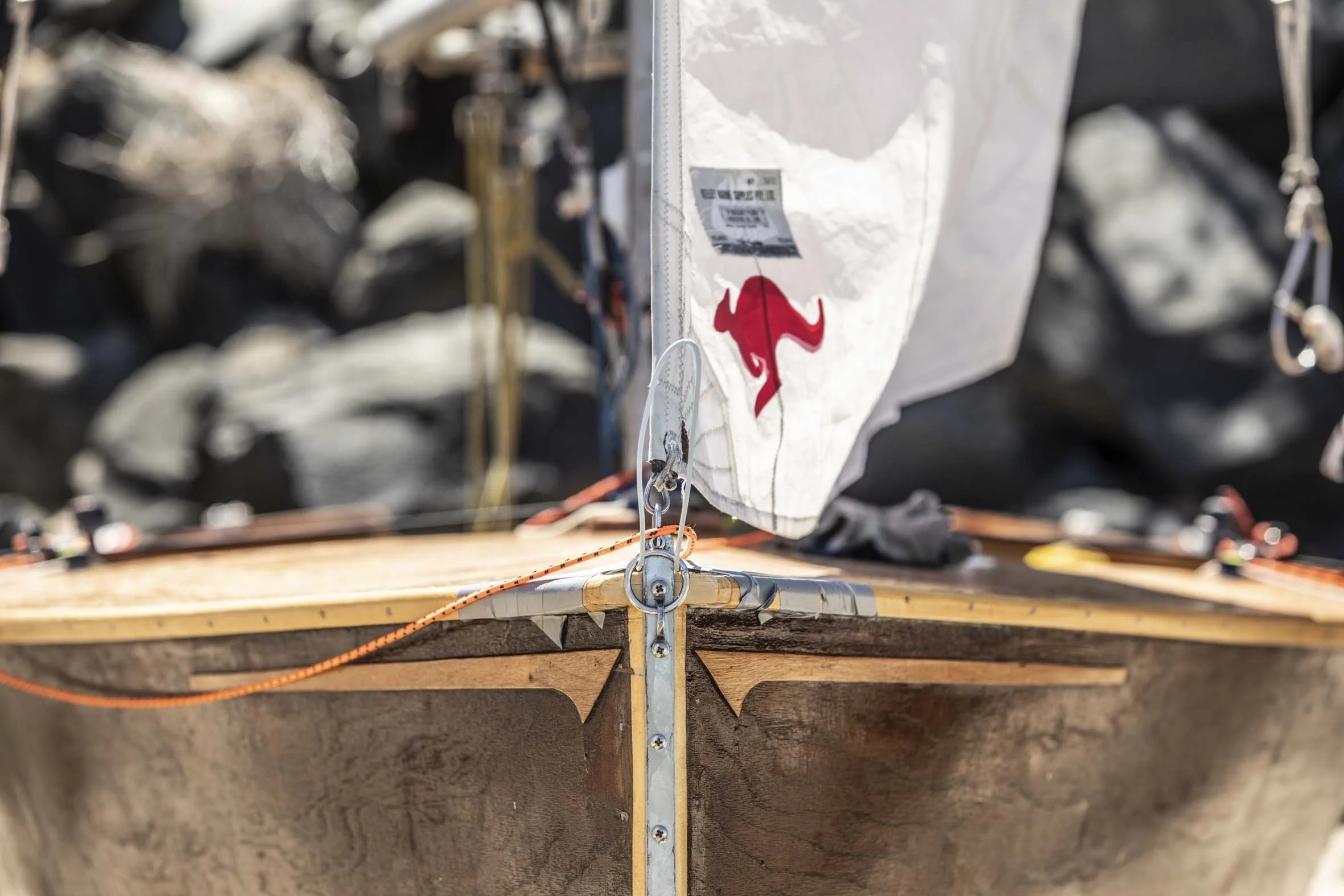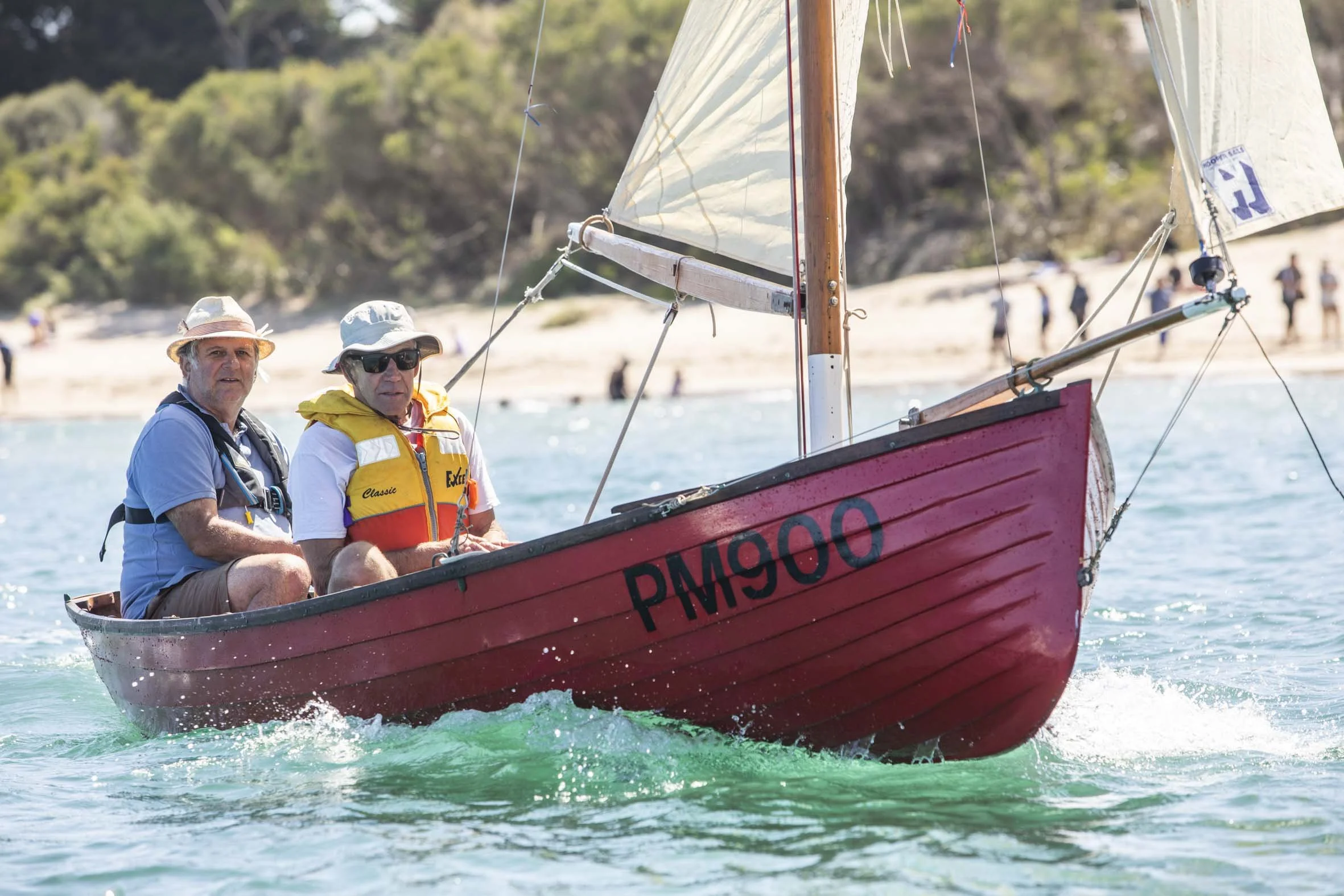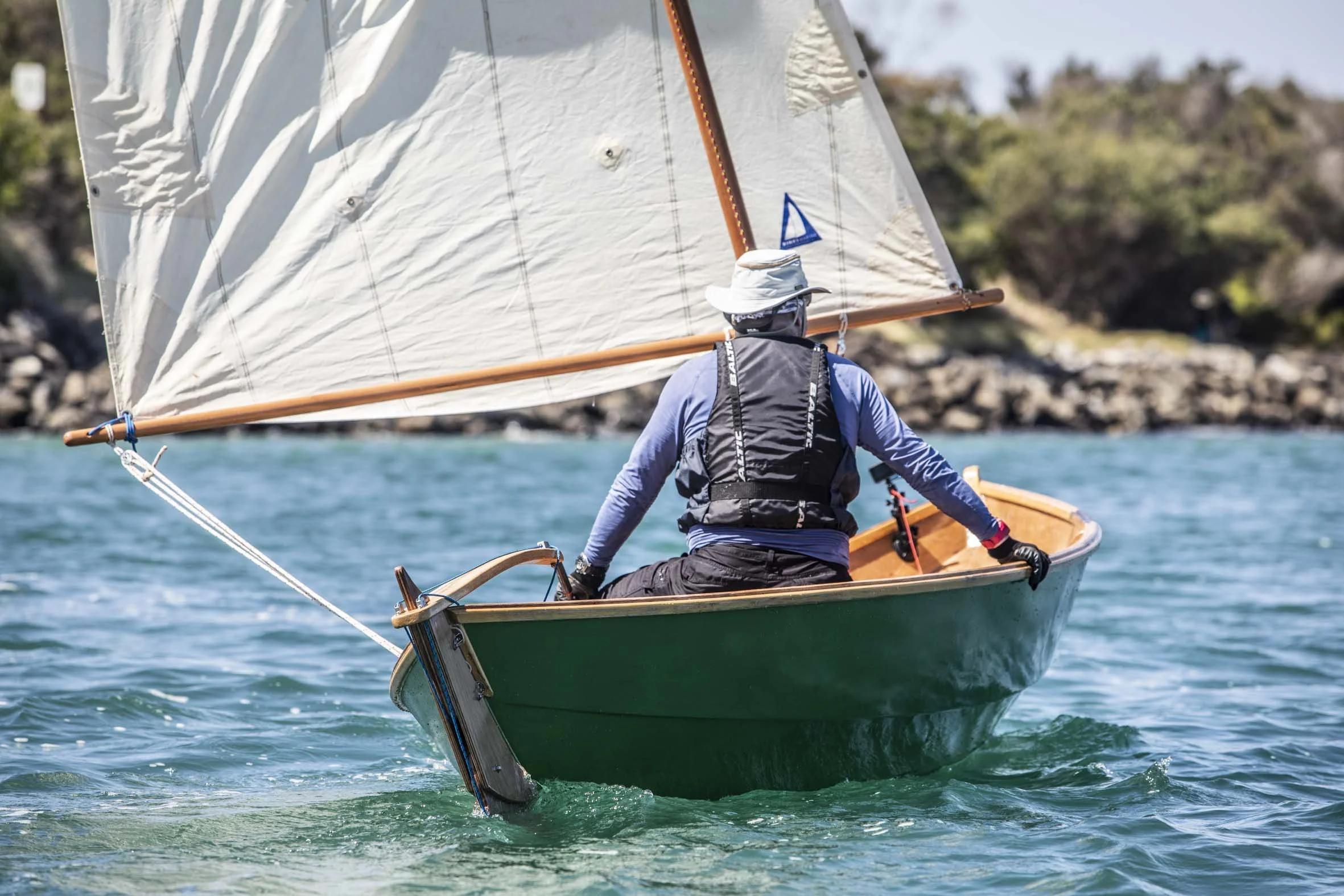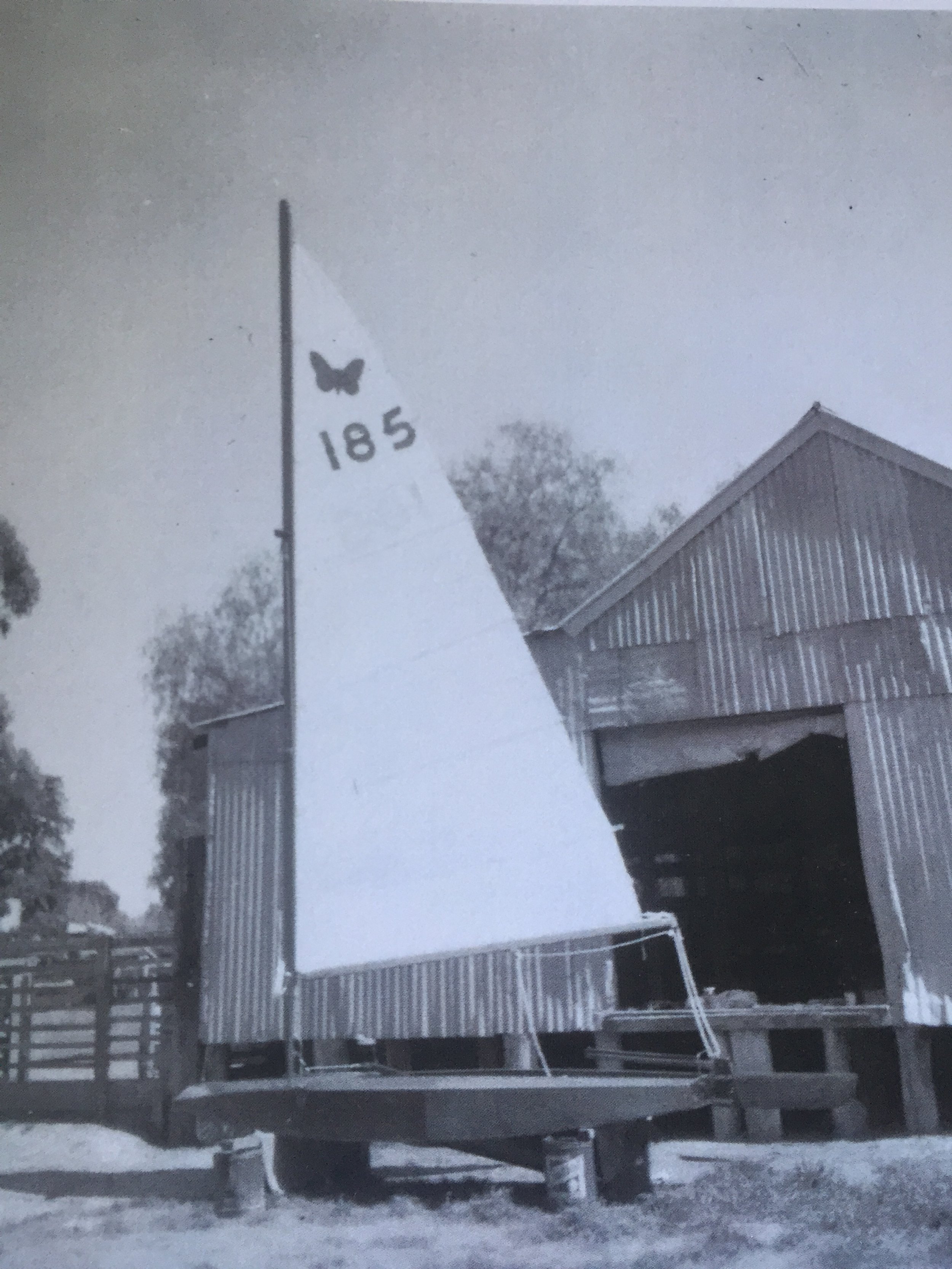Building a Community with Plywood. The Inverloch Classic Dinghy Regatta.
Words and Pictures-Mark Chew
Standing at the top of the launching ramp of the South Gippsland Yacht Club last weekend, overlooking Anderson inlet, you could be forgiven for thinking that you had been transported back to the early 1960’s. Families picnicked on the beach under striped umbrellas, onlookers stopped for a chat and about 30 small wooden boats crisscrossed the tidal waterway under red, blue and cream, sails at varying, but generally sedate speeds.
Simon Wilson, the Commodore of the South Gippsland Yacht Club grew up in Lancashire and began his sailing on Coniston Water in the Lake District. He took the time to tell me about the history of the Inverloch event.
2022 was the eighth running of the Inverloch Classic Wooden Dinghy Regatta, and it has become THE event for those who are interested in not only displaying, but more importantly racing their special craft. A measure of their success is that if you put the three words “classic, dinghy, event” into a google search then everything on the first page will lead you to Inverloch.
Simon indicated that its very important to the club, that they be seen as part of, and provide services to, the local Inverloch community. “To be able to put on a spectacle out on the inlet with all those lovely sails floating around means we are giving something back to the community.”
This year the focus was on actual sailing rather than any specific display of design or craft. In the past the event has featured exhibitions of Skiffs, Jack Holt designs and Moths. (Even the highly sophisticated foiling carbon fibre Moths that flit across the water from Sydney to Switzerland can trace their DNA back to this tiny patch of shallow water.)
So, 2022 was all about the sailing, and what a great choice. Whichever wooden craft you own, the one sure way to look after it is to sail it often, and to sail it well. I always feel a twinge of sadness walking into the Melbourne Museum and seeing PATSY the beautiful 1920’s Wooden Boat Shop restored couta boat hanging overhead, and knowing that salt water will never again wash over her planking.
But I digress…. The weekend consisted of two races on the Saturday and two on the Sunday. The courses were well laid triangles with a beat and two reaches allowing for shy kites for those brave enough. The scouring tides of the inlet provide a layer of complexity and those who understood the implications made big gains. There were three divisions, one of which belonged entirely to the Sailfish fleet. I love the accessibility of this design. There must be dozens stacked away in the rafters of garages across Australia waiting to be given away, but boy do they seem like a nightmare to sail; very little stability, a frighteningly low boom, and to make it just a little bit harder, many are highly varnished making gripping on almost impossible!
Another notable classes was the redoubtable Mirror. It’s not hard to see why sail numbers are now in the 70,000s. They have all the sails and ropes you could want, a pole, a bit of inherent stability, the chance to race with a mate, and no lack of competitors to pace yourself against.
A few of the individual boats were designs that would warrant an article in their own right…. such as the Gwen 12’s. They were designed in 1946 by Charlie Cunningham, who also designed many popular catamarans. The prototype was built of 3/4 inch ply, had an open cockpit with empty kerosine tins for buoyancy and much smaller sails than later boats. It also had no bowsprit and no trapeze. Albert Sailing Club was the first to adopt the class in 1950 and built four boats in 3/16th inch ply with a sail area of 120 sq. ft. Sorrento Sailing Club was the second to adopt the Gwen in 1953. The Gwen 12 Association was formed in 1951. In 1955 a bowsprit was added together with a self-draining cockpit. By the late 1950's the Gwen 12 had spread to every state and several other countries. A trapeze was added in the late 1950's. It was granted national class status in 1964. In the 1970's the cockpit design was de-restricted and larger spinnakers were tried. The class died out in the 1980's but there are still many Gwen enthusiasts around.
Of course, you must have Moths at Inverloch as I’ve already mentioned. It was a great little fleet this year. The Australian Moth had its humble beginnings as the Inverloch Eleven Foot Class. It was designed in 1928 by Len Morris as an 11ft hard-chined scow with a single sail of 80 sq. feet. The original boat was called OLIVE after his wife and currently is on display at Albert Park YC. Its performance was so outstanding that two more boats - WHOOPEE & FLUTTERBY - were built and the Inverloch YC was established. The class design parameters were then drawn up which allowed for a lot of design experimentation within a few restrictions. In 1929 an 11ft development class was designed in the United States and called the Moth Boat. This class quickly caught on in America and Europe and in 1935 became the International Moth Class Association. When Len Morris saw an article in "Rudder" magazine showing a scow version of the American Moth Boat he decided that "Moth" was a better name for the class than "Inverloch Eleven Foot Class" so he changed the name and adopted the moth insignia. Ironically the International Moth Class adopted an M in a circle as its insignia. The two classes developed into quite different designs. The International Moth was primarily round-bilged with a low-aspect-ratio sail while the Australian class kept developing and refining the scow shape and had a much larger sail area. The Australian Moth was an instant success and spread to every state. The Victorian Moth Class Association was formed at Inverloch in 1936. In 1966 the Moth became officially recognised as a national class and moves began to merge with the international organisation, which was achieved in 1972. The Australian sailplan and insignia were adopted, and hiking wings were allowed. Australian hull design has gone from the 50kg "mark II" flat bottomed hard chine scow of the 1940's and 50's to the round-bottomed "mouldie" of the late 1950's to the double-chined hulls of the 1960's. With the addition of wings, the hull became much narrower and evolved into the current foiling boats with their 10kg hulls.
Then throw into the mix a beautifully preserved Rainbow, a stunning diagonal planked Finn, an original Cherub, a few Minnows, a 145 (the bigger brother of the well know 125) a couple of cruising dinghies, a brace of Sabres and you’ve got yourself a regatta.
Interestingly the ICWDR happened on the same weekend as the premiere Classic Keelboat Event on Port Phillip, “The Cup Regatta”. Next week Charlie Salter will bring you a report on how Victoria’s glamorous keelboats faired, but I wouldn’t be surprised if the “Royal” Yacht Clubs could learn a thing or two from their neighbours in South Gippsland about how to create a flourishing event.
Here are my observations on what worked well.
You were met with smiles the moment you walked in the gates.
The volunteers looked like they were there out of choice, not obligation.
The racing was well run in an informal sort of a way, and competitors tried hard.
Nobody was scared to ask questions and advice, when requested, was forthcoming.
Flexibility. Race times were moved and courses altered to suit the weather.
Age, gender and social status were irrelevant.
People took the time to talk to strangers about their craft.
Varnishing was valued, but participation was more important.
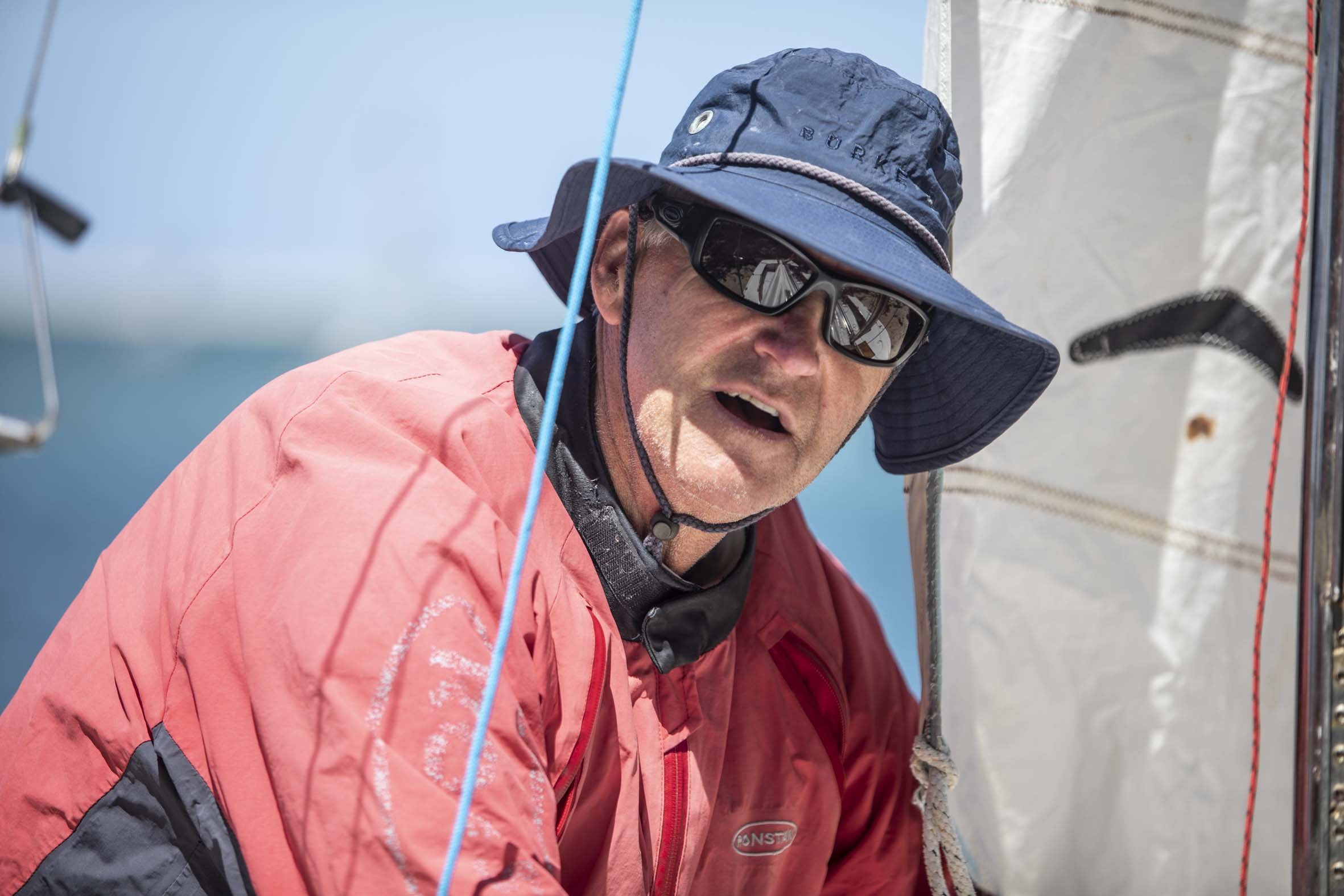
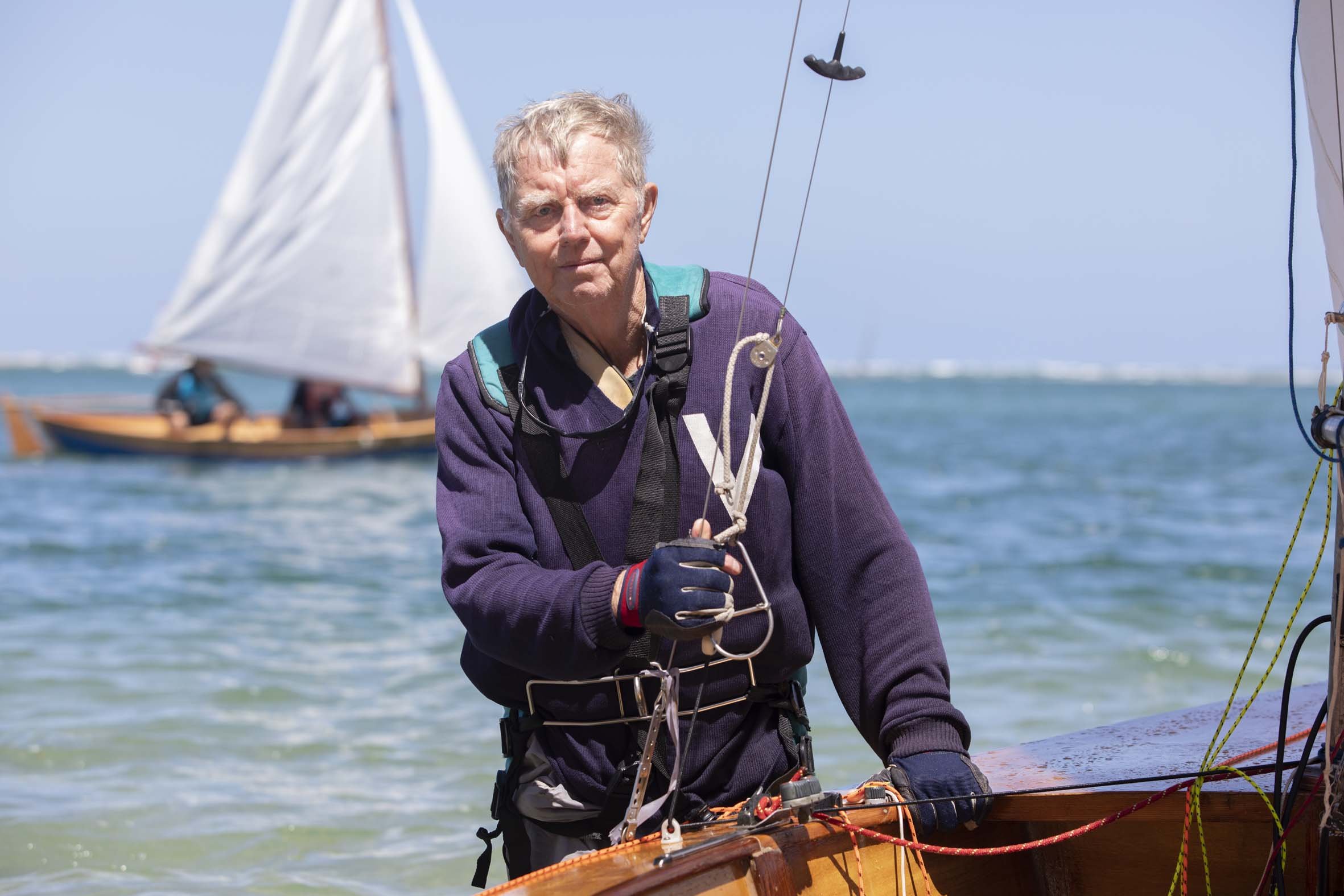


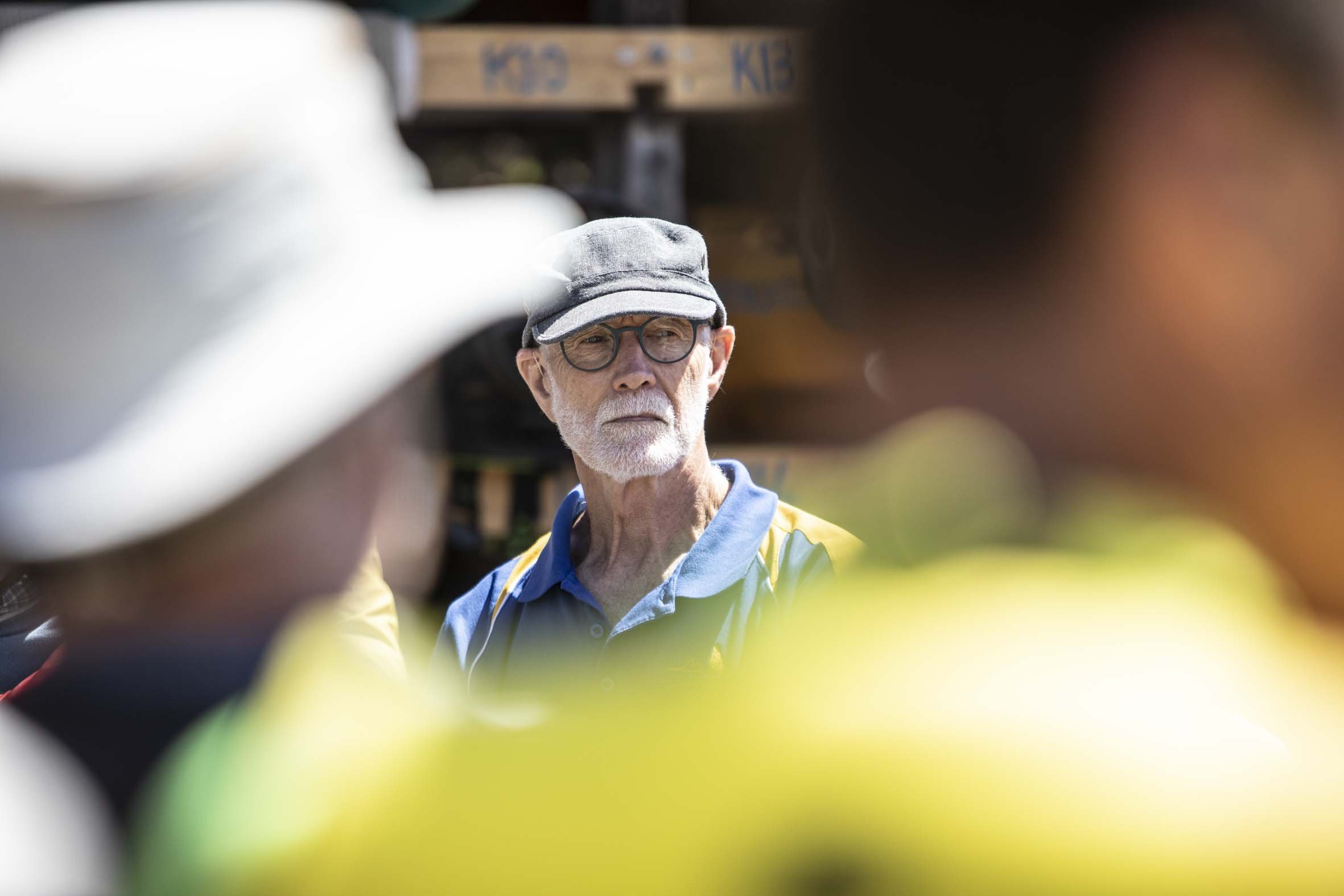

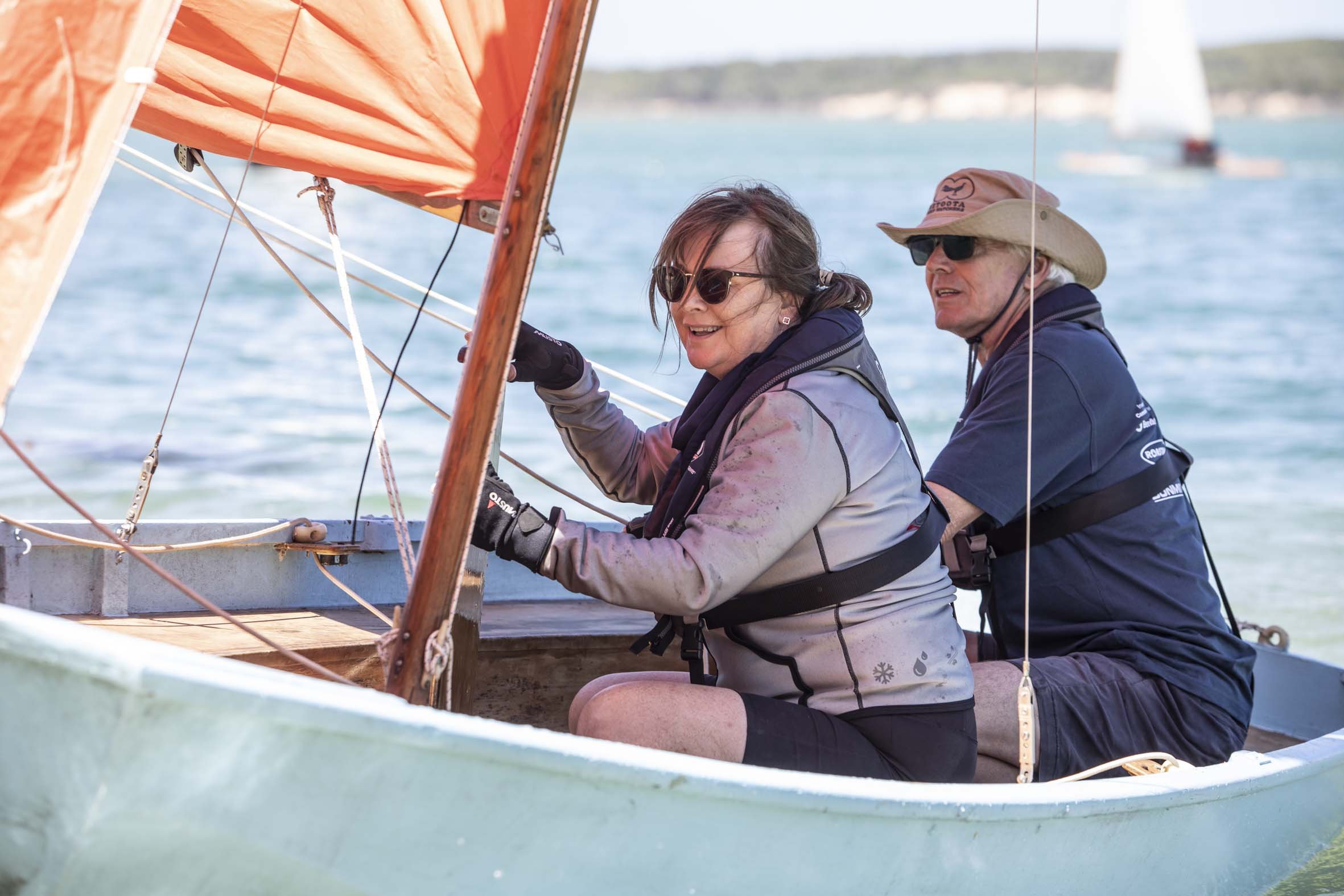
I’ll leave the final words to Simon Wilson, whose team should be congratulated for an inspiring weekend.
“In the old days this type of event was what a Regatta was about. People heading out on the water and having a good family day of fun. And those who weren’t able to take a boat out for a sail, were entertained by those who could… and in the end it’s the community that benefits”
And if you really want to know who the prizes went to….
This is the same VIXEN in the 1950’s thanks to Peter Inchbold (See Comments)!

